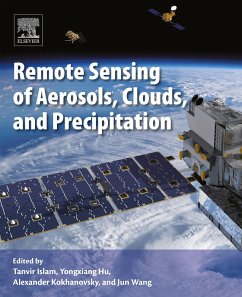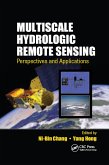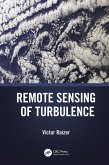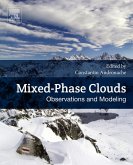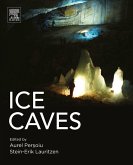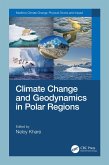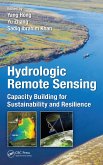Remote Sensing of Aerosols, Clouds, and Precipitation compiles recent advances in aerosol, cloud, and precipitation remote sensing from new satellite observations. The book examines a wide range of measurements from microwave (both active and passive), visible, and infrared portions of the spectrum. Contributors are experts conducting state-of-the-art research in atmospheric remote sensing using space, airborne, and ground-based datasets, focusing on supporting earth observation satellite missions for aerosol, cloud, and precipitation studies. A handy reference for scientists working in remote sensing, earth science, electromagnetics, climate physics, and space engineering. Valuable for operational forecasters, meteorologists, geospatial experts, modelers, and policymakers alike.
- Presents new approaches in the field, along with further research opportunities, based on the latest satellite data
- Focuses on how remote sensing systems can be designed/developed to solve outstanding problems in earth and atmospheric sciences
- Edited by a dynamic team of editors with a mixture of highly skilled and qualified authors offering world-leading expertise in the field
Dieser Download kann aus rechtlichen Gründen nur mit Rechnungsadresse in A, B, BG, CY, CZ, D, DK, EW, E, FIN, F, GR, HR, H, IRL, I, LT, L, LR, M, NL, PL, P, R, S, SLO, SK ausgeliefert werden.

